
How to Use flame sensor: Examples, Pinouts, and Specs
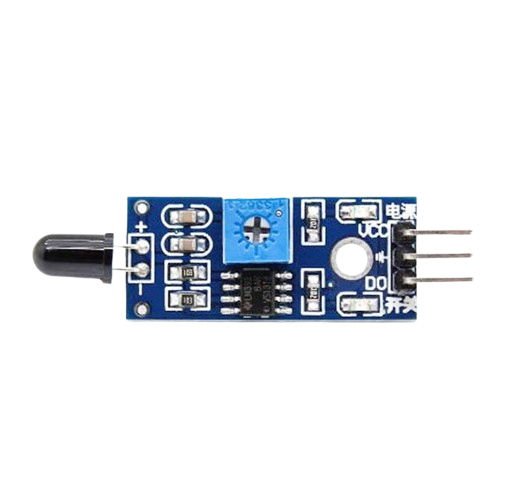
 Design with flame sensor in Cirkit Designer
Design with flame sensor in Cirkit DesignerIntroduction
A flame sensor is a device used to detect the presence of a flame or fire. It is commonly used in safety applications to ensure that a flame is present in a burner or to detect fire in a given area. Flame sensors are crucial in various applications, including industrial safety systems, fire alarm systems, and home automation for fire detection.
Explore Projects Built with flame sensor
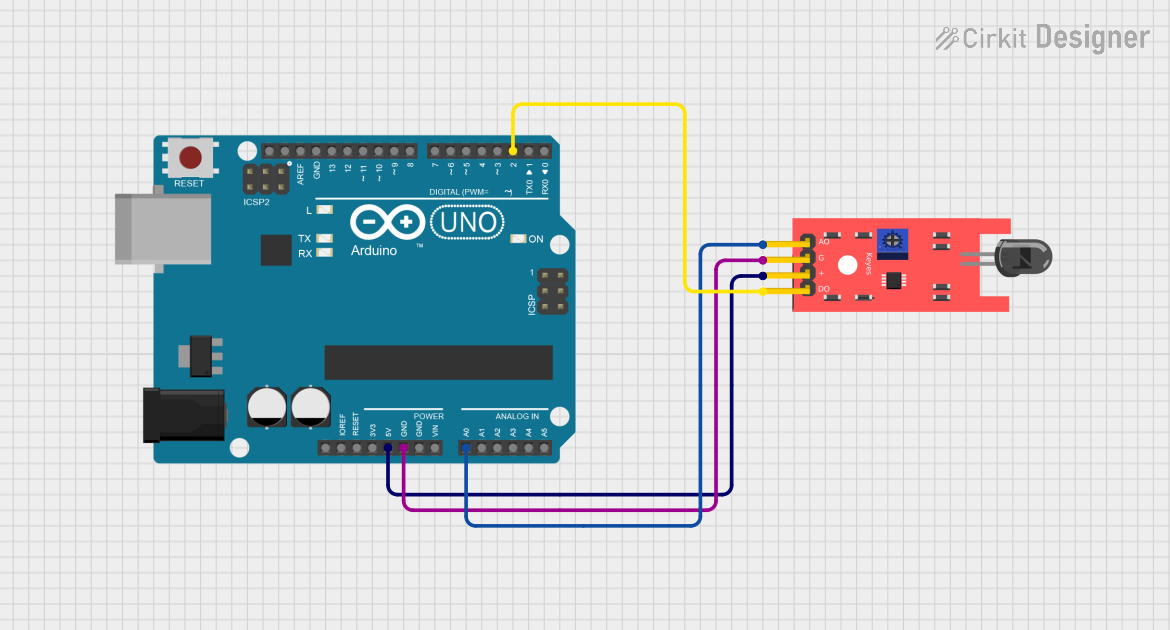
 Open Project in Cirkit Designer
Open Project in Cirkit Designer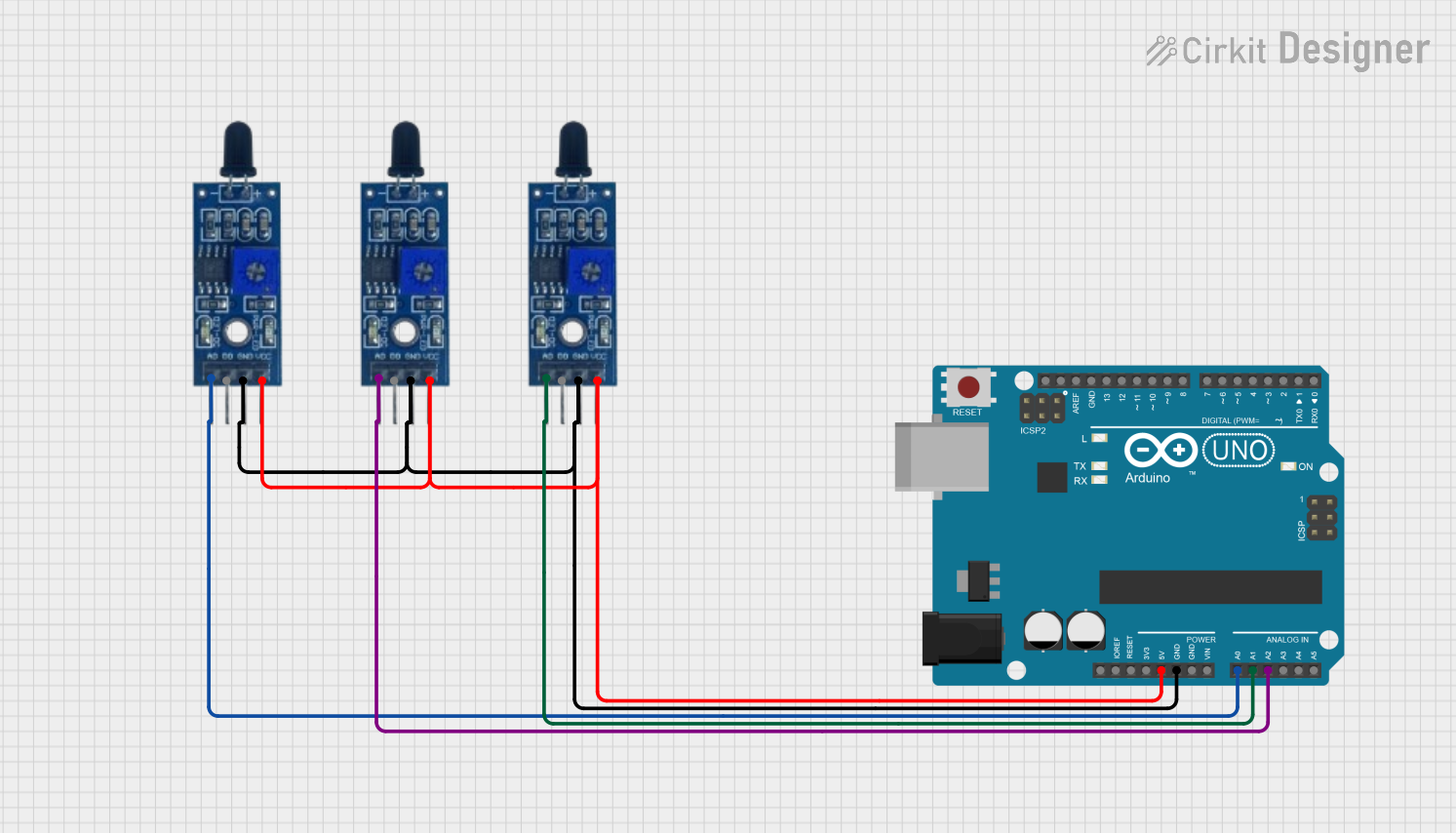
 Open Project in Cirkit Designer
Open Project in Cirkit Designer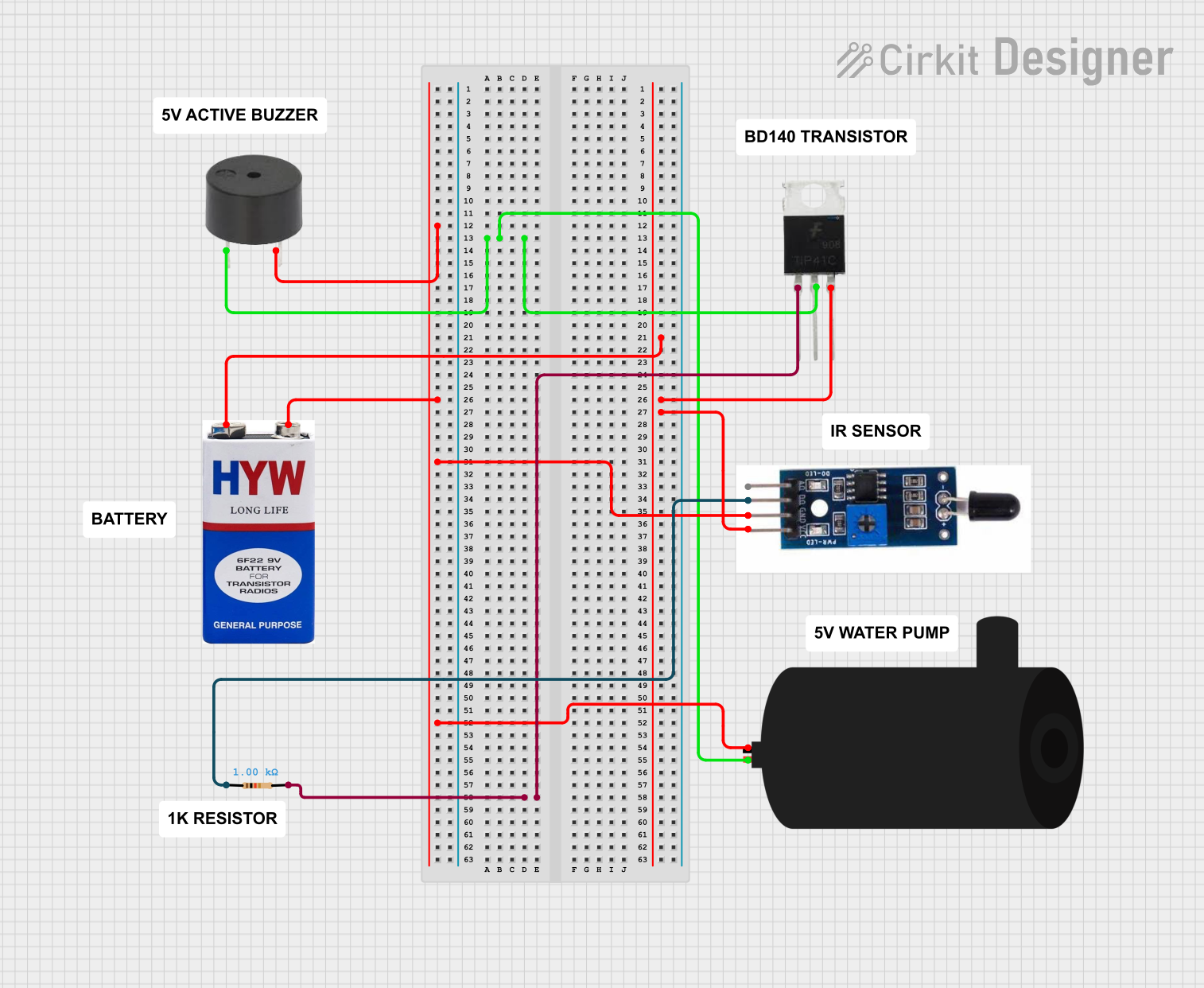
 Open Project in Cirkit Designer
Open Project in Cirkit Designer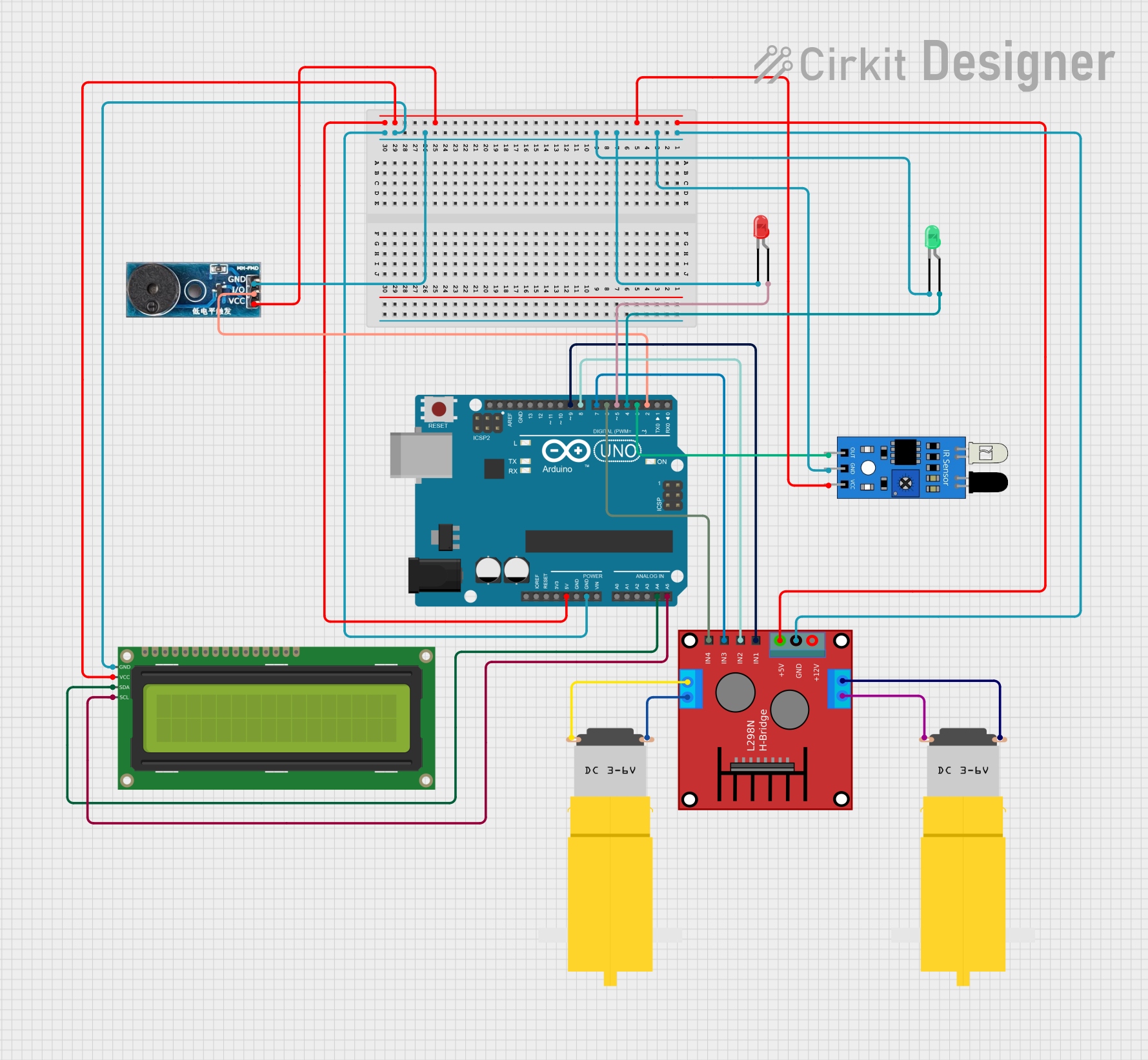
 Open Project in Cirkit Designer
Open Project in Cirkit DesignerExplore Projects Built with flame sensor

 Open Project in Cirkit Designer
Open Project in Cirkit Designer
 Open Project in Cirkit Designer
Open Project in Cirkit Designer
 Open Project in Cirkit Designer
Open Project in Cirkit Designer
 Open Project in Cirkit Designer
Open Project in Cirkit DesignerTechnical Specifications
Key Technical Details
| Parameter | Value |
|---|---|
| Operating Voltage | 3.3V to 5V |
| Current Consumption | 20mA (typical) |
| Detection Range | Up to 100 cm |
| Detection Angle | 60 degrees |
| Output Type | Digital and Analog |
| Response Time | 15 milliseconds |
| Operating Temperature | -25°C to 85°C |
Pin Configuration and Descriptions
| Pin Number | Pin Name | Description |
|---|---|---|
| 1 | VCC | Power supply (3.3V to 5V) |
| 2 | GND | Ground |
| 3 | D0 | Digital output (HIGH when flame is detected) |
| 4 | A0 | Analog output (proportional to flame intensity) |
Usage Instructions
How to Use the Component in a Circuit
- Power Supply: Connect the VCC pin to a 3.3V or 5V power supply and the GND pin to the ground of your circuit.
- Digital Output: Connect the D0 pin to a digital input pin on your microcontroller (e.g., Arduino) to get a HIGH signal when a flame is detected.
- Analog Output: Connect the A0 pin to an analog input pin on your microcontroller to get a variable voltage proportional to the flame intensity.
Important Considerations and Best Practices
- Placement: Ensure the sensor is placed in a location where it has a clear line of sight to the area you want to monitor for flames.
- Calibration: Adjust the sensitivity of the sensor using the onboard potentiometer to suit your specific application.
- Interference: Avoid placing the sensor near sources of infrared radiation other than the flame, as this can cause false positives.
- Power Supply: Ensure a stable power supply to avoid fluctuations that could affect sensor readings.
Example Circuit with Arduino UNO
/*
Flame Sensor Example with Arduino UNO
This example reads the digital and analog outputs of the flame sensor
and prints the values to the Serial Monitor.
*/
const int flameDigitalPin = 2; // Digital pin connected to D0
const int flameAnalogPin = A0; // Analog pin connected to A0
void setup() {
pinMode(flameDigitalPin, INPUT); // Set digital pin as input
Serial.begin(9600); // Initialize serial communication
}
void loop() {
int flameDigital = digitalRead(flameDigitalPin); // Read digital output
int flameAnalog = analogRead(flameAnalogPin); // Read analog output
Serial.print("Digital Output: ");
Serial.println(flameDigital); // Print digital output
Serial.print("Analog Output: ");
Serial.println(flameAnalog); // Print analog output
delay(500); // Wait for 500 milliseconds
}
Troubleshooting and FAQs
Common Issues Users Might Face
False Positives: The sensor detects a flame when there is none.
- Solution: Adjust the sensitivity using the onboard potentiometer. Ensure there are no other sources of infrared radiation nearby.
No Detection: The sensor does not detect a flame.
- Solution: Check the power supply connections. Ensure the flame is within the detection range and angle. Adjust the sensitivity if needed.
Fluctuating Readings: The sensor output is unstable.
- Solution: Ensure a stable power supply. Use capacitors to filter out noise if necessary.
FAQs
Q1: Can the flame sensor detect any type of flame?
- A1: The flame sensor is most sensitive to infrared light emitted by flames. It can detect flames from sources like candles, lighters, and gas burners.
Q2: How do I adjust the sensitivity of the flame sensor?
- A2: Use the onboard potentiometer to adjust the sensitivity. Turning it clockwise increases sensitivity, while turning it counterclockwise decreases sensitivity.
Q3: Can I use the flame sensor outdoors?
- A3: The flame sensor can be used outdoors, but it should be protected from direct exposure to weather conditions like rain and extreme temperatures.
Q4: What is the difference between the digital and analog outputs?
- A4: The digital output (D0) provides a HIGH signal when a flame is detected, while the analog output (A0) provides a variable voltage proportional to the flame intensity.
By following this documentation, users can effectively integrate and utilize the flame sensor in their projects, ensuring reliable flame detection and enhancing safety measures.